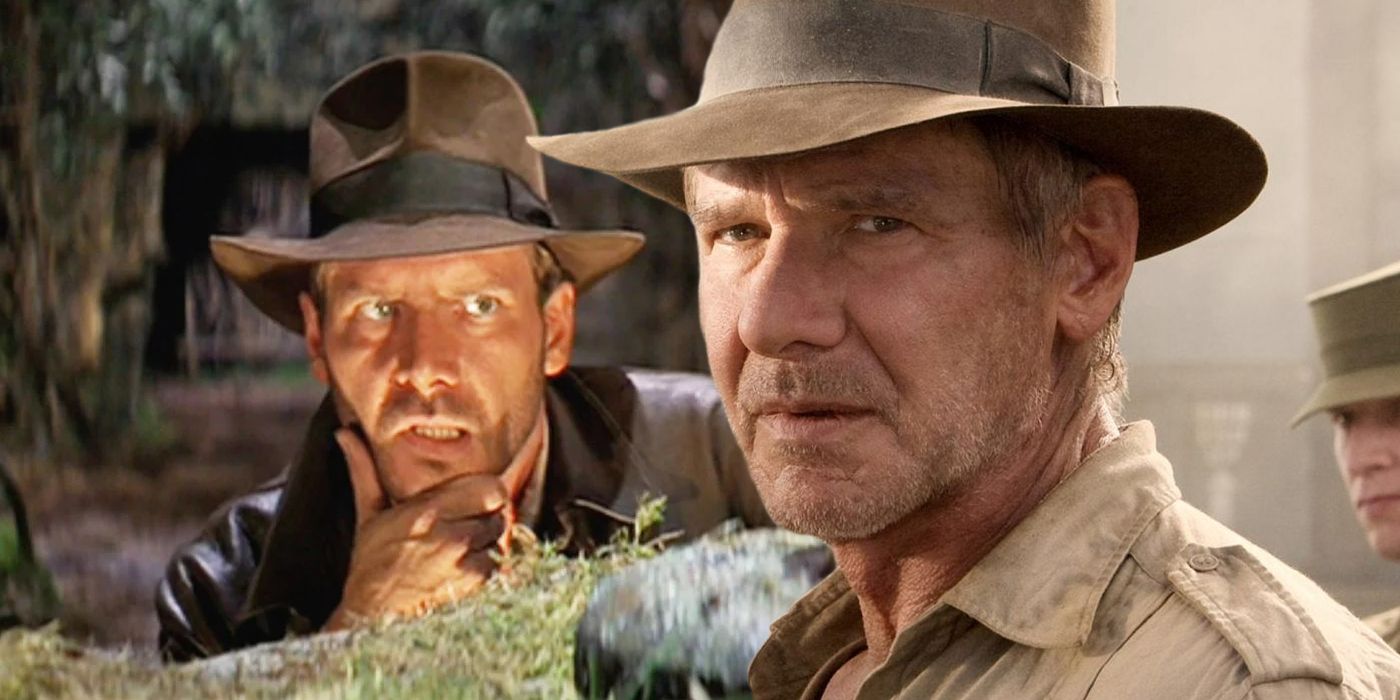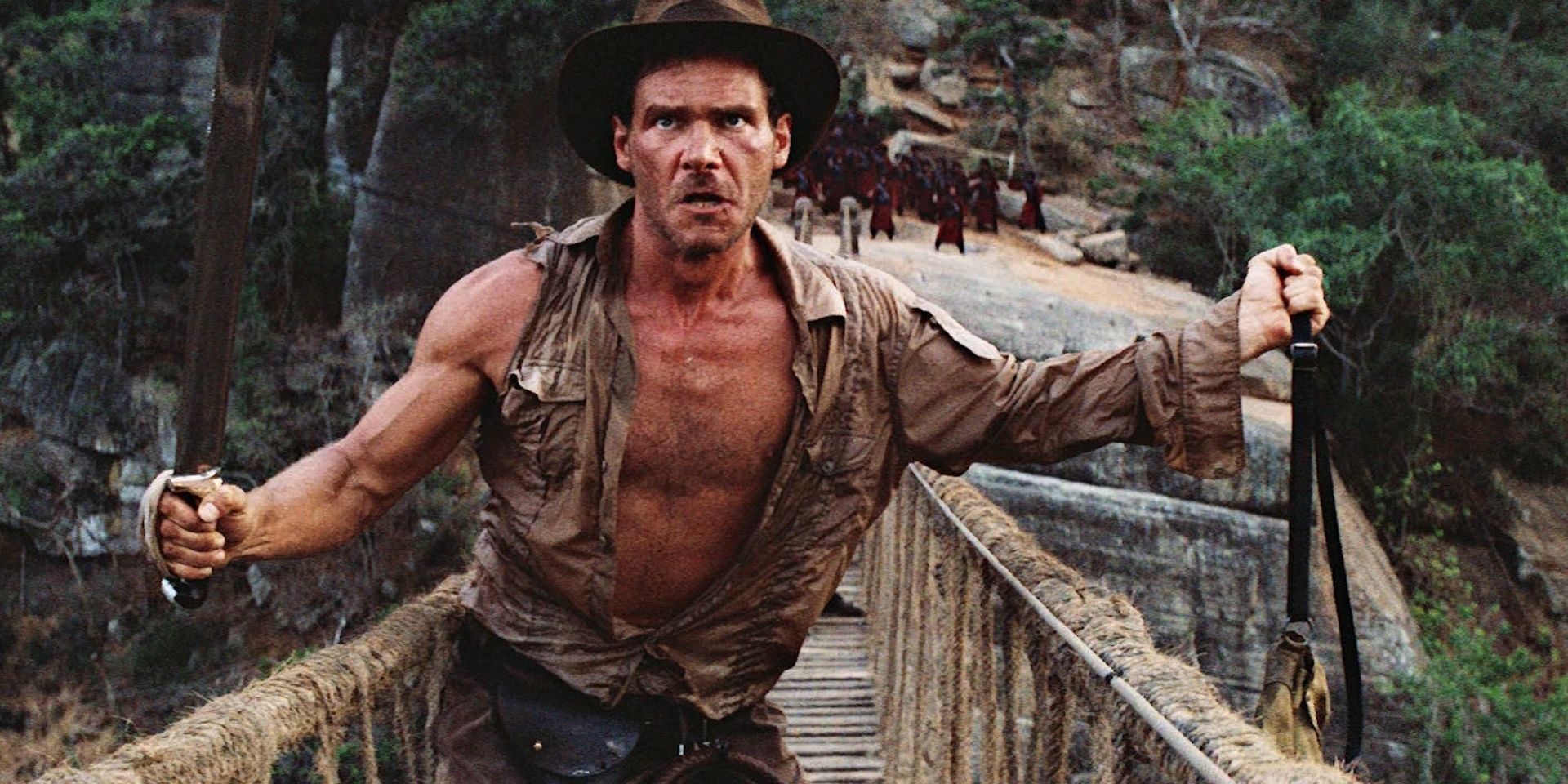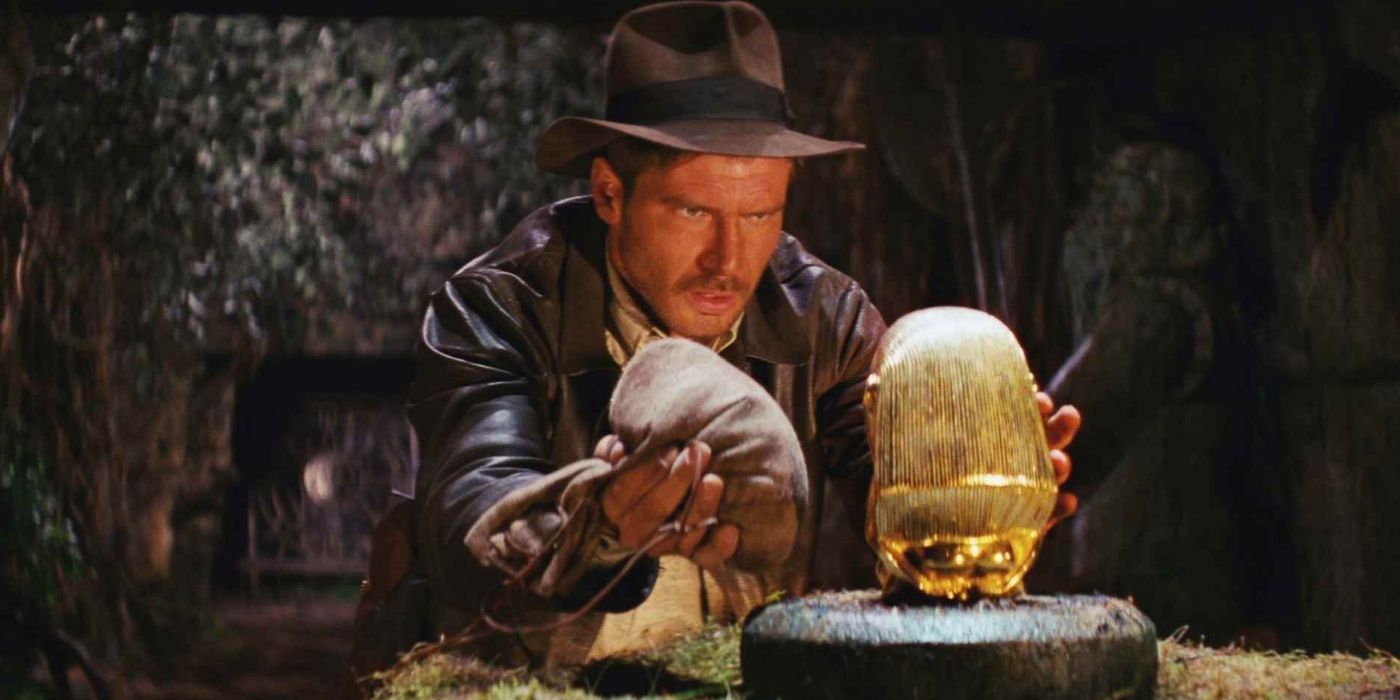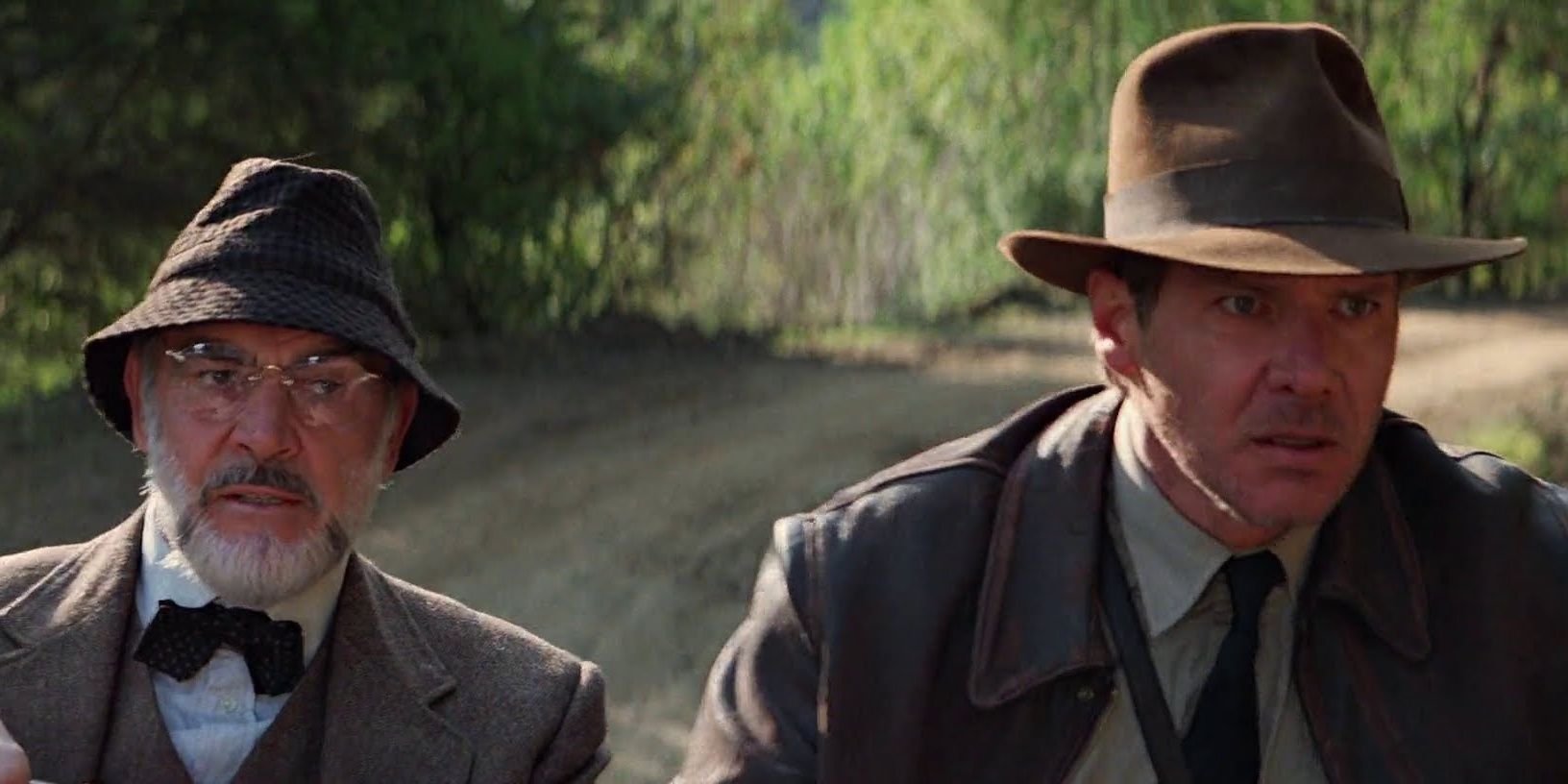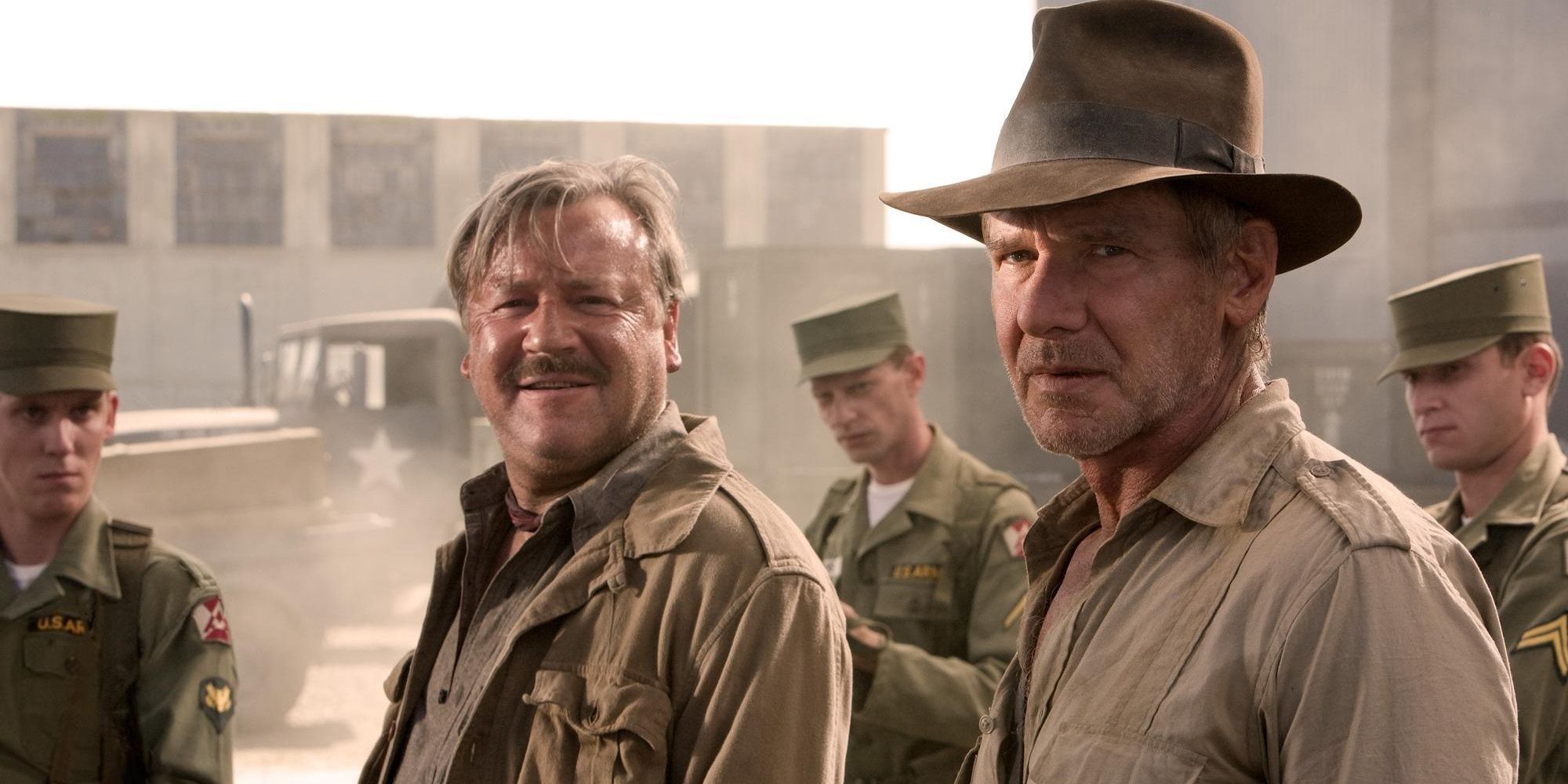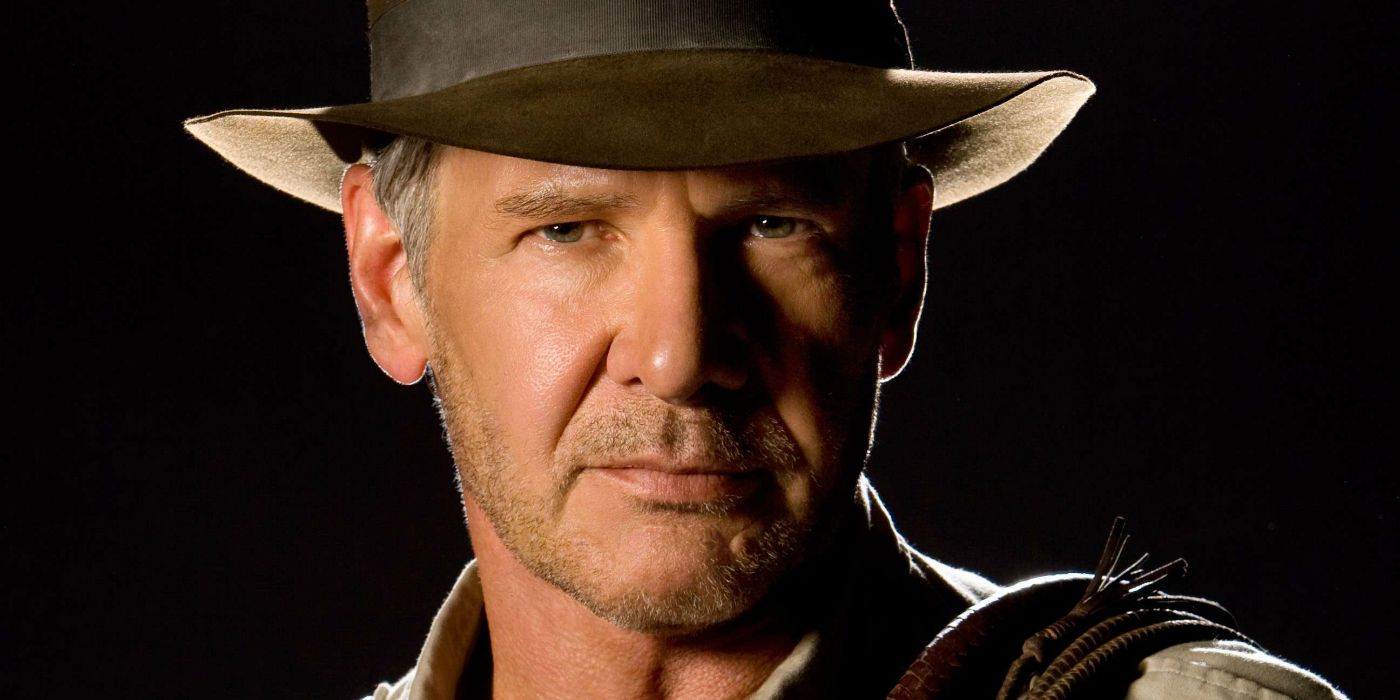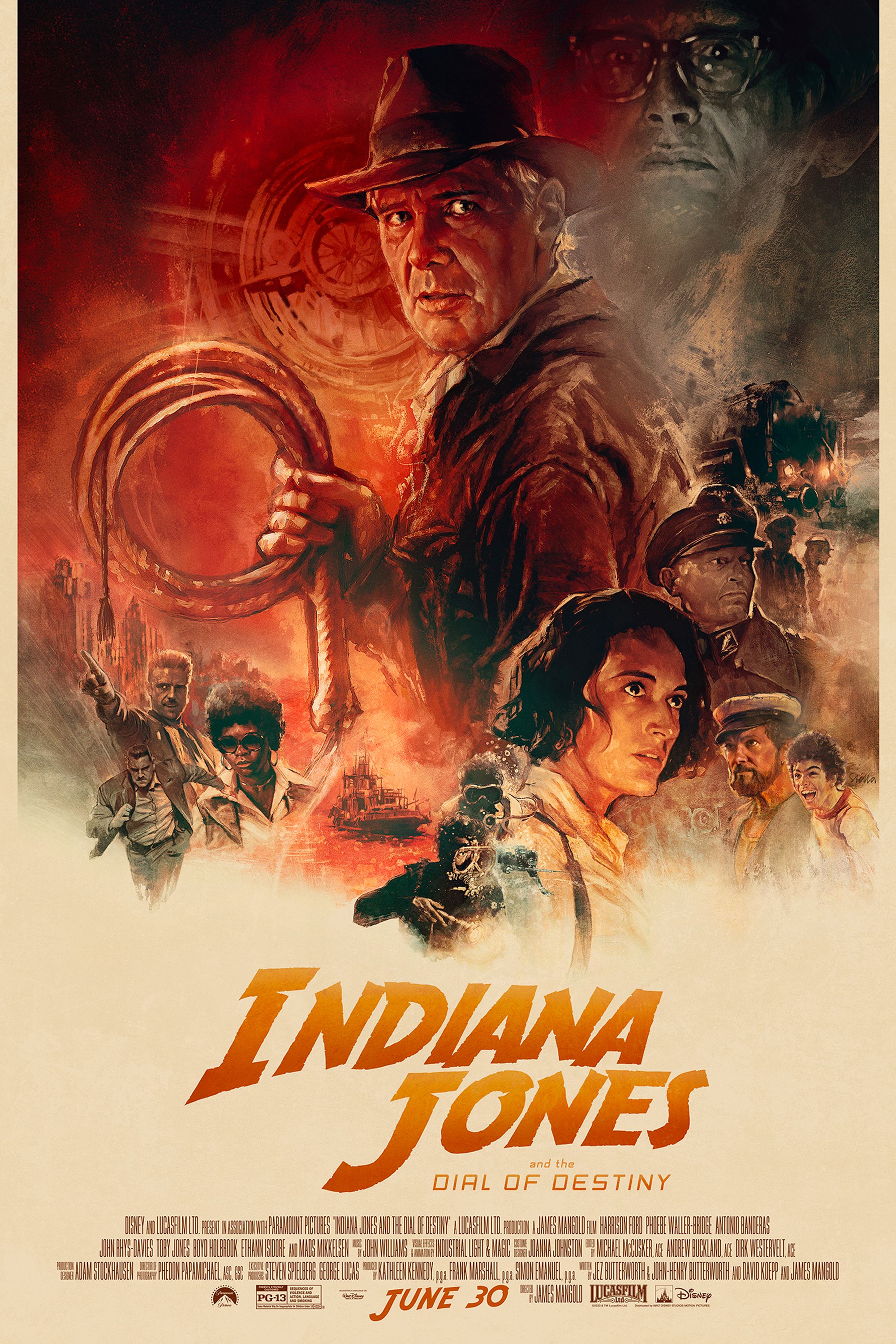Between each Indiana Jones movie, the franchise's titular archeologist adventurer changes in ways that majorly influence his character in the following installment, and Indiana Jones and the Dial of Destiny will see these come to a head. After being introduced in Raiders of the Lost Ark, Jones appeared in a number of subsequent films. 1984 saw the release of prequel Indiana Jones and the Temple of Doom, with 1989's Indiana Jones and the Last Crusade rounding out an initial trilogy. 2008 marked the controversial Indiana Jones and the Kingdom of the Crystal Skull, which is by far the least popular entry into the franchise to date.
Despite Kingdom of the Crystal Skull's mistakes, a sequel, Indiana Jones and the Dial of Destiny, is scheduled for release on June 30th, 2023, showing the power of CGI with a de-aged Indiana Jones. Each Indiana Jones movie developed his character by introducing new story elements, along with offscreen between-movie Indiana Jones changes. With Harrison Ford aging in real-time, Indiana Jones also had to age Indy up for Kingdom of the Crystal Skull, something that Indiana Jones and the Dial of Destiny repeats. However, Indiana Jones 5 also includes a de-aged Indiana Jones. As the franchise's mythos grew there were subtle Indiana Jones changes reflected in the character, with his adventures impacting his franchise-wide character arc in numerous ways. As a result, Indiana Jones between the movies changed off-screen between each movie. Here's every way the Indiana Jones movies changed Harrison Ford's character.
Indiana Jones Became More Heroic For Temple Of Doom
One of the biggest Indiana Jones changes occurs for the prequel Temple of Doom. After Raiders of the Lost Ark was made, Indiana Jones returned for Indiana Jones and the Temple of Doom. Though Indy was Raiders of the Lost Ark's protagonist, Indiana Jones between movies had to change for Temple of Doom. Traveling to India with sidekicks Willy and Short Round, Indiana Jones is tasked with recovering a stolen local artifact, called the Sankara stone, from a villainous cult.
Where Raiders of the Lost Ark had Jones operating primarily out of self-interest, Indiana Jones and the Temple of Doom saw him more actively engage in helping others. This shift was necessary to make Indiana Jones' role in the prequel Temple of Doom's story make sense, but it was also done to better cater to the aspects of the character that audiences enjoyed in Raiders of the Lost Ark. Though Harrison Ford's roguish charm remained intact, it was necessary to make Jones marginally less self-centered for Temple of Doom in order for him to become the savior of the village of Mayapore.
How Temple Of Doom Being A Prequel Subtly Changes Indy's Character
After the ending of Raiders of the Lost Ark, Indiana Jones next appeared in Temple of Doom, but the film was written to be a prequel to the first. This actually reverses the changes that were made to the character: instead of Indiana Jones becoming more heroic, he actually became less. This may seem counterproductive, the Indiana Jones changes actually make sense within the wider context of the franchise's story and real-world history.
Temple of Doom is set in 1935, with Raiders set just one year later in 1936. However, Indiana Jones's heroic actions in Temple of Doom could canonically explain the shift in his character: after coming away empty-handed from his brush with death and powerful artifacts, Indiana Jones may well have felt more pressure to make a tangible discovery in Raiders of the Lost Ark. Historical context is important too, because the year between the films saw Hitler and the Nazis' power and influence increase, with war looming ever closer. The world becoming a darker place could also have affected Jones' character, making him act in a slightly more self-involved manner ahead of the events of Raiders of the Lost Ark.
Indiana Jones Became Less Capable For The Last Crusade
Between the events of Temple of Doom and The Last Crusade, Indiana Jones seemingly becomes much less capable. Set two years later in 1938, The Last Crusade saw the introduction of Henry Jones, Sr. (Sean Connery), Indiana Jones's father. Throughout the third film in the franchise, Indiana Jones is shown to be much less capable in almost every way, primarily because it builds tension between the character and his father (and delivers a handful of subtly comedic moments).
Some of the best examples of this change are in Indiana Jones' inability to see through a ruse: he's duped by both Walter Donovan and Elsa Schneider into helping to recover the Holy Grail for the Nazis, with his father only alerting him all too late that he was helping the enemy. This doesn't seem to be a mistake that Indiana Jones would have made in previous movies, although the change was clearly made to service The Last Crusade's plot. The changes to Indiana Jones' character that occurred off-screen between Temple of Doom and The Last Crusade aren't entirely logical, but it appears that they were made in order to make the character's third outing a more enjoyable experience for the audience.
Indy Softened For Kingdom Of The Crystal Skull
The 19-year gap between The Last Crusade and Kingdom of the Crystal Skull meant that Indiana Jones between movies underwent something of a transformation. Appropriately, the sequel was set 19 years later, with Indy finding himself at odds with Soviet Union forces instead of Nazis. The film is also notable for introducing sci-fi elements into the franchise, with Kingdom of the Crystal Skull's aliens instantly becoming one of the franchise's most infamous moments. Importantly, Kingdom of the Crystal Skull also introduced Mutt Williams (Shia LaBeouf), Indiana Jones' son.
The fact that Kingdom of the Crystal Skull showed Jones discovering that he was a father meant that the character was forced to change in order to fit the intended father-son dynamic. In many ways, Indiana Jones softened a little, and in others, he became more hardened, essentially transforming him into a rough approximation of Sean Connery's character at several points in the sequel. This character change was the obvious result of the 19 years of aging that Indiana Jones had done, so it both made sense and served the dynamic between Indiana and Mutt in Kingdom of the Crystal Skull.
How Will Indy Need To Change For Indiana Jones And The Dial Of Destiny?
As Indiana Jones 5 will follow Crystal Skull's story, it will need to continue the trajectory of the character that has already been established. In Kingdom of the Crystal Skull, Jones is shown still to be a keen adventurer despite his advancing years, meaning that the sequel will either need to continue that idea or expand upon it by having Indiana Jones face his own mortality. However, as Indiana Jones and the Dial of Destiny is tipped to be the franchise's final film, it may be better for the film to make as few changes as possible.
If Indiana Jones 5 is the character's final outing, it would be best to keep the titular character as close to previous films as can be. Despite the fact that it will follow an older Indiana Jones, it's important that the character is given one final swashbuckling adventure, and therefore making unnecessary changes to the archeologist would be ill-advised. Ultimately, the character of Indiana Jones is so iconic that he doesn't need to change at all for what may well be his final adventure.
What The Dial Of Destiny Trailer Shows Of Indy
The Dial of Destiny trailer reveals to audiences even more Indiana Jones changes, particularly in the form of a de-aged Indiana Jones. The upcoming movie promises to explore more of his adventurous backstory, hence the de-aged Harrison Ford in only some scenes, though it's unclear in what capacity this will entail. Based on the trailer, it looks like the archeologist had quit the adventuring game for good. The Indiana Jones 5 trailer shows him reluctantly called back into action by Sallah Mohammed Faisel el-Kahir (John Rhys-Davies), who appeared in both Raiders of the Lost Ark and The Last Crusade. The details of Indy's next adventure are unclear, but it looks like his goddaughter Helena (Phoebe Waller-Bridge) is along for the ride.
One noticeable character that's missing is Indy's son, Mutt Willaims (Shia LaBeouf), who played a huge role in Kingdom of the Crystal Skull. It's possible that this snub is due to unflattering comments that LaBeouf made about the movie, which were later rebuffed by Harrison Ford himself. Regardless, what this means for the character of Indiana Jones is that life as a dad didn't much work out for him, and that will have to be incorporated into the script somehow. Therefore, that means even more Indiana Jones changes will have to be highlighted in The Dial of Destiny to explain how this facet of his life failed. With the next Indiana Jones movie on the horizon, it'll be interesting to see if the famed archeologist will be forced to pass the torch to someone else, or let his legacy die with him.

